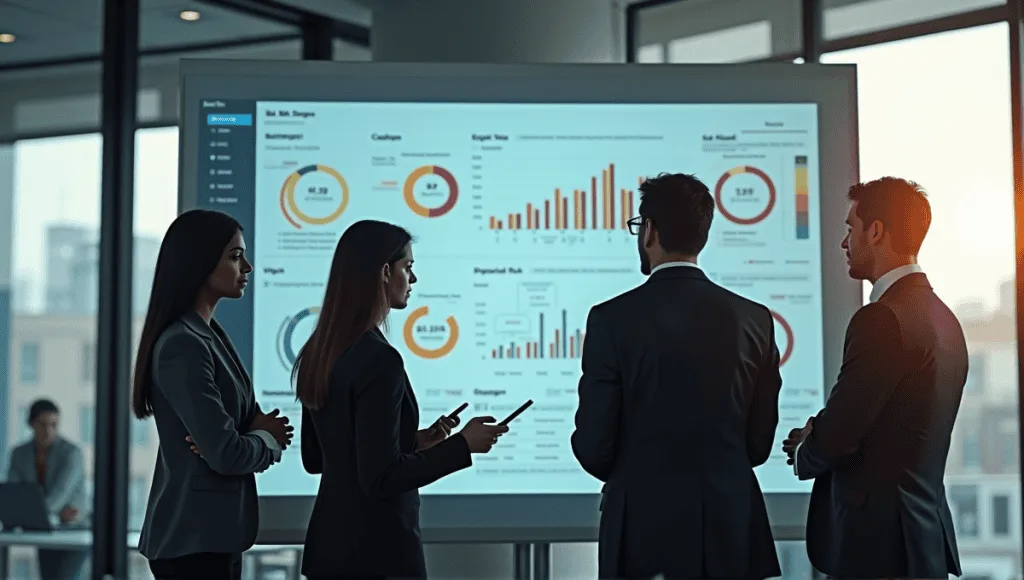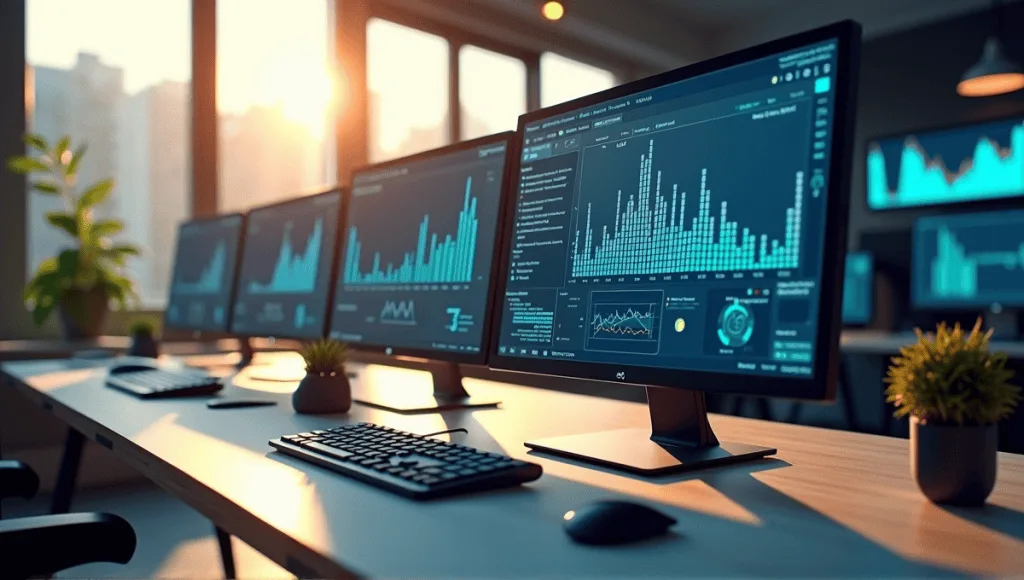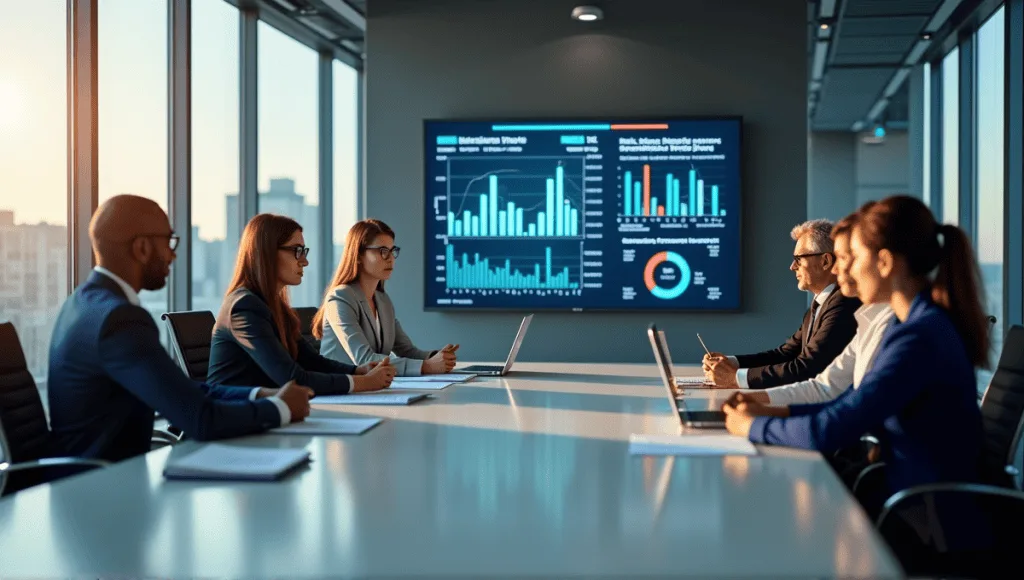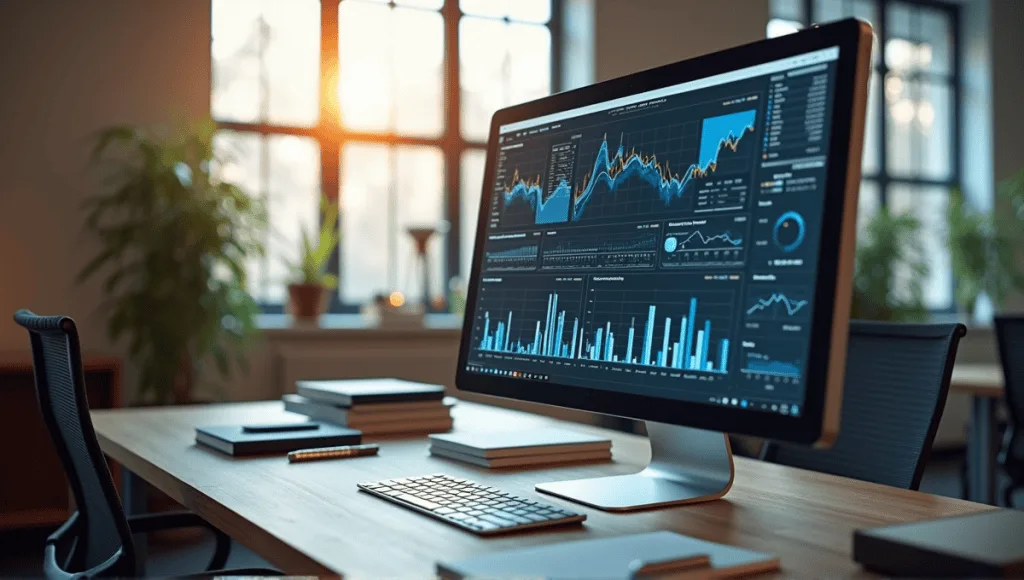Risk monitoring is one of the most important steps to ensuring business success. I can’t tell you how many businesses I’ve watched fail because of inadequate risk management. In this post, I’ll walk you through step-by-step how to identify, monitor, and mitigate risks.
You’ll also learn the tools, methods, and best practices you can use to protect your business. So, without further ado, let’s discuss how to implement effective risk monitoring for your journey to continuous improvement.
Risk Monitoring Strategies: Understanding the Basics

Risk monitoring strategies are one of the main risk management strategies that help businesses identify protect and respond to potential threats. These strategies involve continuously observing analyzing and managing risks that could affect a company’s objectives. I’ve seen first-hand how effective risk monitoring can help a business succeed.
The main steps in effective risk monitoring strategies include:
- Risk identification: Identifying potential threats to your organization
- Risk assessment: Evaluating the likelihood and potential impact of identified risks
- Risk mitigation: Developing and executing plans to reduce or eliminate risks
Businesses monitor various risks, such as financial risk, operational risk, strategic risk, and compliance risk. Each type of risk requires unique monitoring and expertise to manage effectively.
Implementing strong risk monitoring strategies has several benefits. It helps businesses make better decisions allocate resources more effectively and make the entire organization more resilient. In my experience, businesses with strong risk monitoring practices are better equipped to deal with uncertainties and take advantage of opportunities.
Essential Tools for Risk Monitoring

During my consulting years, I’ve seen a variety of risk monitoring tools. Risk management software is a core technology for many businesses, and these all-in-one solutions often combine several risk management functions in one platform.
Data analytics software is arguably the most important tool in risk analysis. These tools enable you to analyze massive datasets to identify patterns and potential problems, and I’ve watched companies revolutionize their risk management strategy through advanced analytics.
Real time monitoring software has become increasingly popular as businesses seek to monitor various risk factors in real time and take immediate action on emerging risks.
Predictive modeling software is helpful for predicting risk using historical data and sophisticated algorithms. Using a tool to predict risk rather than react to it can save businesses a lot of time and money.
Implementing Key Risk Indicators (KRIs)

Key Risk Indicators (KRIs) are measurable metrics that signal increasing risk exposure and help identify the vital signs of your organization’s risk health.
Selecting the right KRIs requires a deep understanding of your business and the universe of risks it faces. You’ll want to choose indicators that map directly to your unique universe of risk categories and your organizational objectives.
Best practices to develop and implement KRIs are to:
- Ensure alignment with business objectives
- Define thresholds clearly so actions are obvious
- Regularly review and update KRIs
KRIs improve the quality of decisions by providing data-driven, objective insights. You can then use data to make informed decisions about the allocation of resources and the effectiveness of risk mitigation strategies.
Risk Assessment Frameworks and Methodologies

Common risk assessment frameworks include COSO ERM ISO 31000 and NIST Risk Management Framework. Each framework takes a slightly different angle on how to identify assess and manage risks.
Quantitative risk assessment approaches use numerical data to calculate the probability and impact of a risk. Qualitative risk assessment approaches rely on more expert judgment and scenario analysis. Both have their place and most organizations use a combination of the two methods.
Embedding risk assessment into the fabric of the organization is essential for effective risk management. It should be something that happens all the time rather than an annual checkmark.
Steps to perform a thorough risk assessment:
- Identify risks
- Assess likelihood and impact
- Compare risks to a set of criteria
- Develop risk treatment plans
- Monitor and review them regularly
Continuous Risk Monitoring Techniques

Real-time data analysis is a game-changer in risk monitoring because you can identify emerging risks as they evolve, which is a significant advantage in risk management.
Automated risk monitoring systems provide many benefits because they eliminate human error, increase efficiency, and ensure constant monitoring.
The methods to continuously identify and assess risk are through:
- Periodic risk reviews
- Continuous data collection and analysis
- Scenario planning and stress testing
The best practices for continuous risk reporting and communication are clear, concise reporting that is tailored to each stakeholder group. You should also provide regular updates and keep communication channels open.
Overcoming Challenges in Risk Monitoring

Managing data volume and quality is a key concern with risk monitoring. You require strong data systems and processes to effectively handle and analyze large volumes of data.
Staying ahead of changing risk landscapes demands flexibility and a willingness to constantly learn. What kept you safe from risk yesterday may not keep you safe from risk tomorrow.
Balancing risk reduction with business expansion is a tough balance. You don’t want to discourage innovation, yet you can’t blindly accept risks.
Reporting accurate and timely risk data is often difficult, particularly in larger, more complex organizations. The solution lies in clear communication channels and establishing standardized reporting processes.
Integrating Risk Monitoring into Business Strategy

If you can align risk monitoring with organizational objectives, you’ll convince executive management that your risk management initiatives will help – not hurt – the company achieve its objectives. This alignment is also necessary to get executive buy-in.
Integrating risk data into strategic decision making can help you outcompete your peers. You’ll be able to make better decisions about resource allocation, market entry, and product strategy.
Building a risk-aware culture throughout the organization is the key to effective risk monitoring. Everyone from the C-level executives to entry-level employees should know their role in risk management. Agile leadership can play a crucial role in fostering this culture and adapting to changing risk landscapes.
Measuring the Effectiveness of Risk Monitoring

Key Performance Indicators (KPIs) for risk monitoring include the number of risks identified, percentage of risks mitigated, or time to respond to risk events.
To evaluate the impact of risk monitoring on business performance, analyze quantitative KPIs and qualitative data. For example, if you can quantify how much money risk monitoring saved your business, that’s a clear answer. Analyze how risk monitoring has changed your business’s performance. For instance, has it helped you avoid major losses or do business more stable?
Continuous improvement of risk monitoring strategies is a must in today’s rapidly changing business landscape. Schedule regular audits and updates of your risk monitoring processes. Trend analysis can be particularly useful in identifying patterns and potential risks over time.
Key KPIs to improve the effectiveness of risk monitoring:
- Rate of risks identified
- Rate of risks successfully mitigated
- Time to respond to a risk event
- Cost savings from preventing a risk
- Stakeholder satisfaction with the risk management process
Implementing effective risk monitoring strategies often involves critical thinking to overcome barriers and challenges.
Wrapping Up
Risk monitoring is an essential part of running a successful organization. I’ve experienced the impact of effective monitoring to avoid costly errors and stimulate growth. So, you’re now equipped with the knowledge to build effective monitoring systems. Just remember to always be vigilant and adaptable. Be proactive about monitoring your business. Your investment will be greater stability and better decision making in your business.






